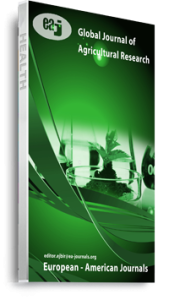Globally, agriculture has been protected from ancient time. WTO Members seek to continually improve market access through the regular WTO work programs and through negotiations. This study investigates the trends and growth rates of tariff and non-tariff measures, aggregate measures of agriculture adopted by WTO member countries in particular and continents in general. It also suggests policies for the development and protection of agriculture in the world. The continents wise viz., Africa, Asia, Europe, Least Developed Countries, Middle East, North America, South and Central America which covers the total 164 WTO member countries were selected for the study. The study found that during the period 2000 to 2016, Russia, India, China and New Zealand are given more domestic support to agricultural sector than compared to other WTO member countries. Among the developed and under developed countries, highest outlay was made by China excluding OECD members in both producer supports and general service supports. Technical Barriers to Trade (TBT), Sanitary and Phytosanitary (SPS) and Anti-dumping (ADP) were emerged as most prominent non-tariff measures to protect agriculture in the world. The highest non-tariff measures were imposed by Asia followed by Europe and North America. The USA imposes the highest number of Sanitary and Phytosanitary (SPS), Technical Barriers to Trade [TBT] and Countervailing (CV) measures. The India, Indonesia, Poland, Australia, Norway and Venezuela are imposed highest numbers of non-tariff measure like Anti-dumping [ADP], Safeguards (SG), Special Safeguards [SSG], Quantitative Restrictions, Tariff-rate quotas [TRQ] and Export Subsidies [XS] respectively. The bound duties and MFN applied duties for imports of major commodities in India were found to be more or less high than Japan, USA and European Union. It gives a price advantage to locally-produced major agriculture goods over similar goods which are imported. The India has imposed highest tariffs and import duties than Japan, USA and European Union in both agriculture and non-agriculture sector. Finally, the study concludes that each country tried to protect its domestic market by erecting high barriers in or another way in trade in agricultural products. The study is suggesting that WTO has to make necessary correction agreement and club all measures into one and deal.
Keywords: Aggregate Supports, Agriculture Development, Global Agricultural

